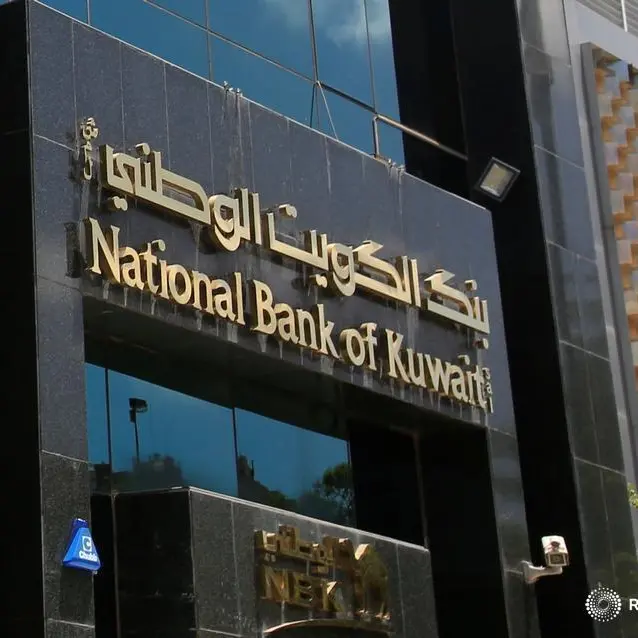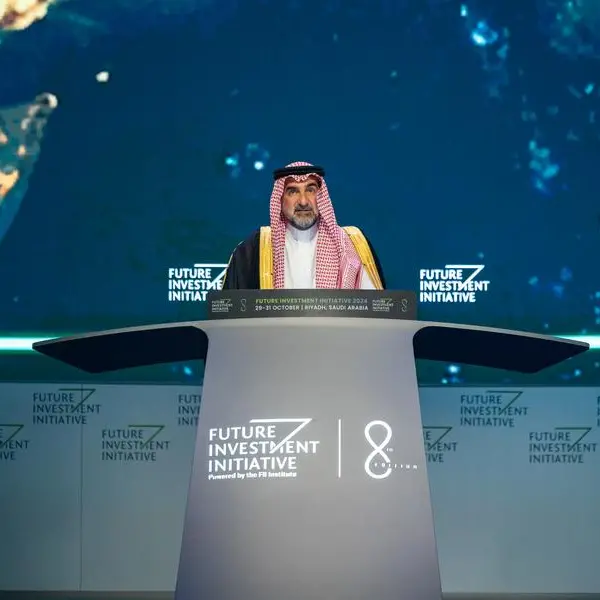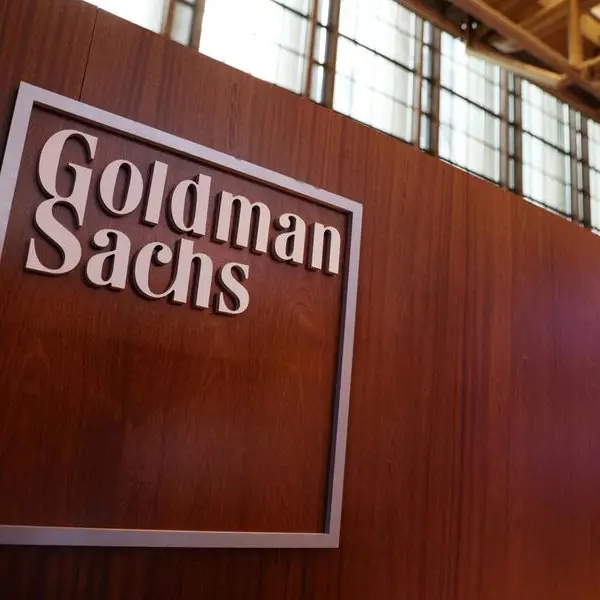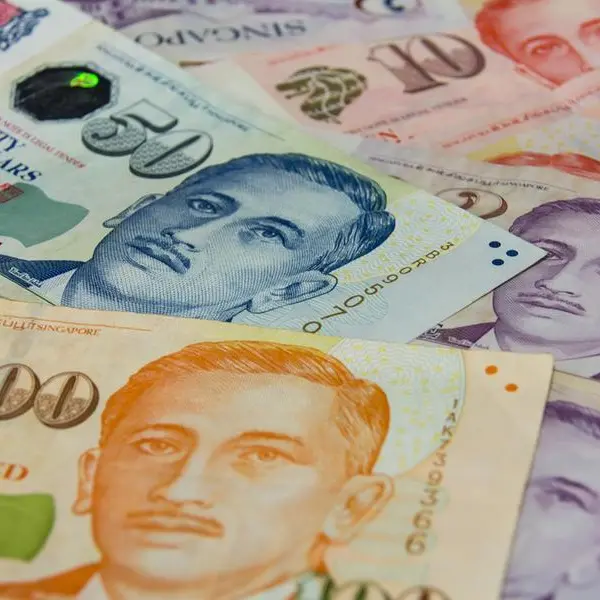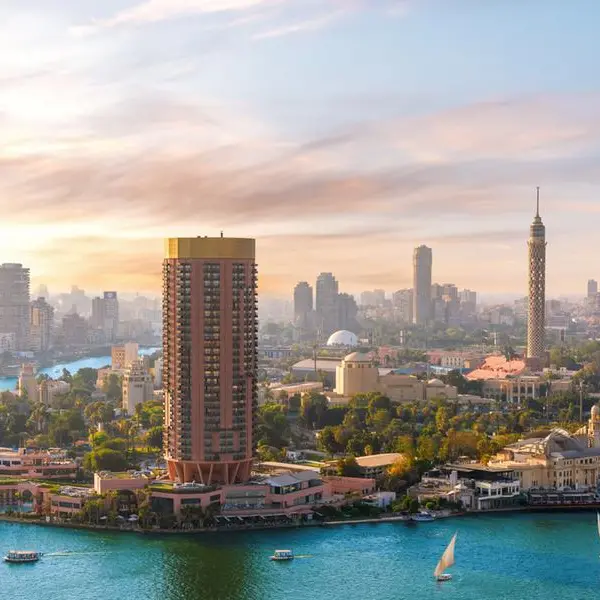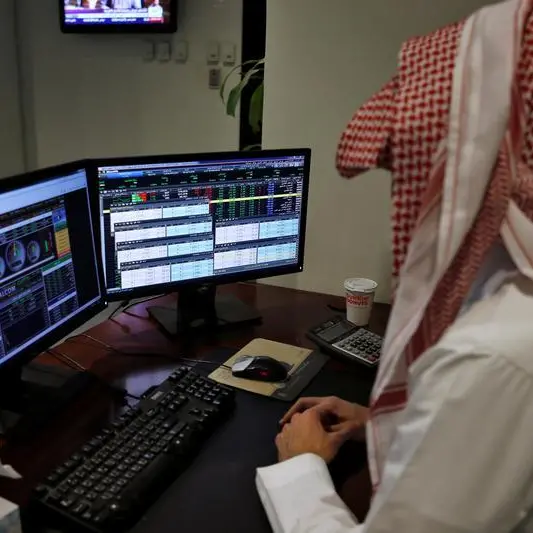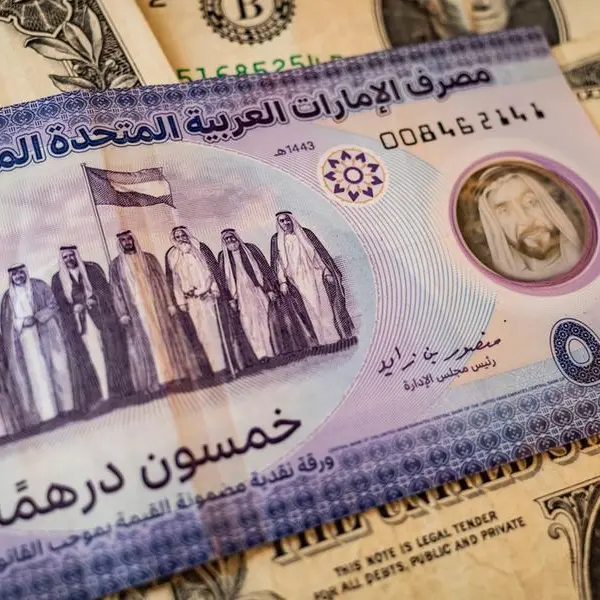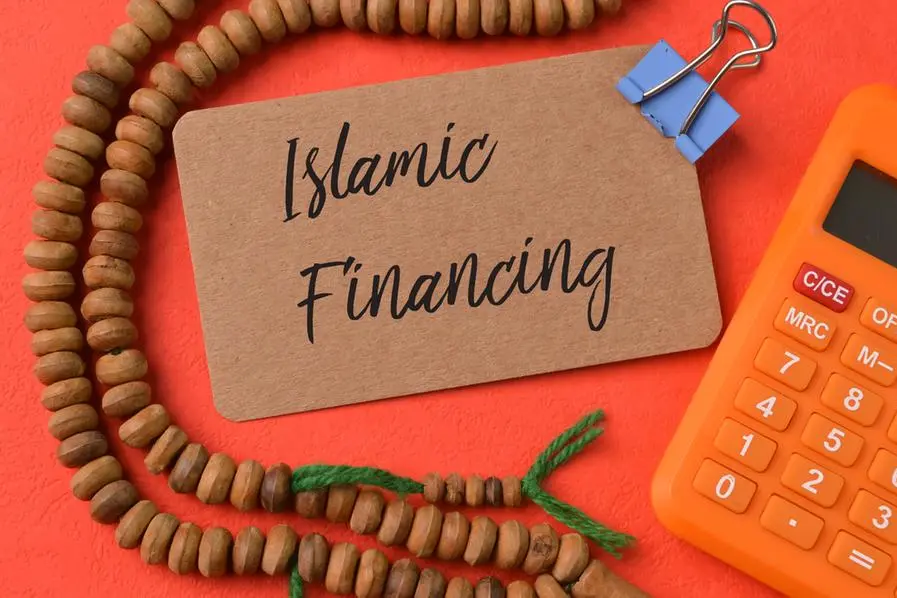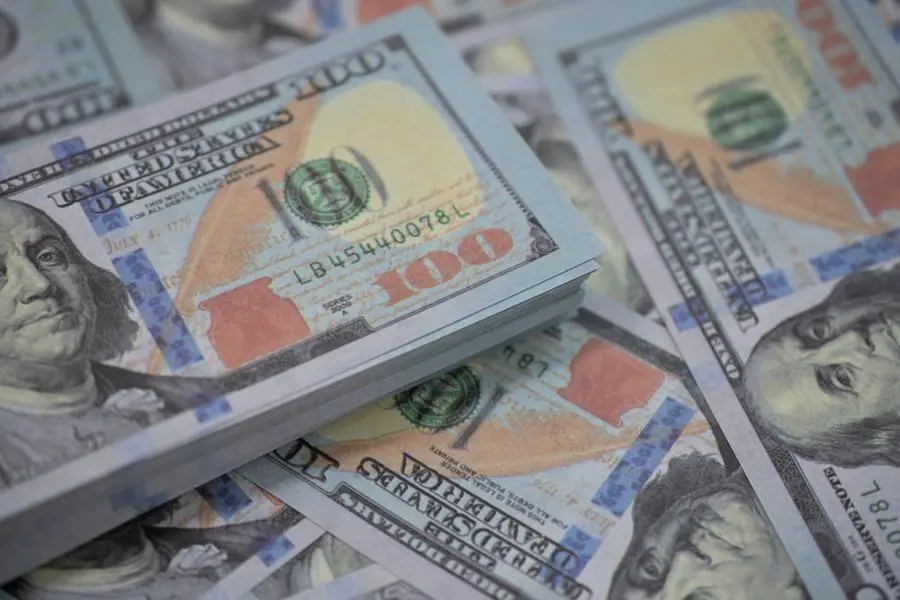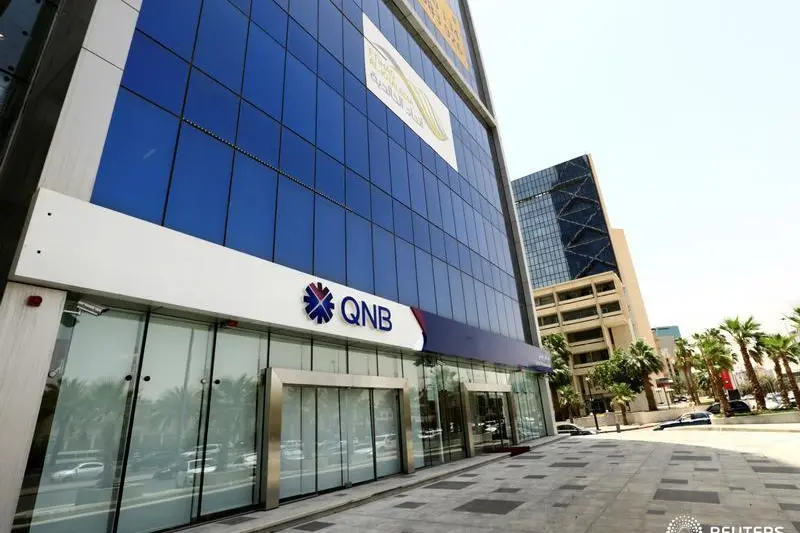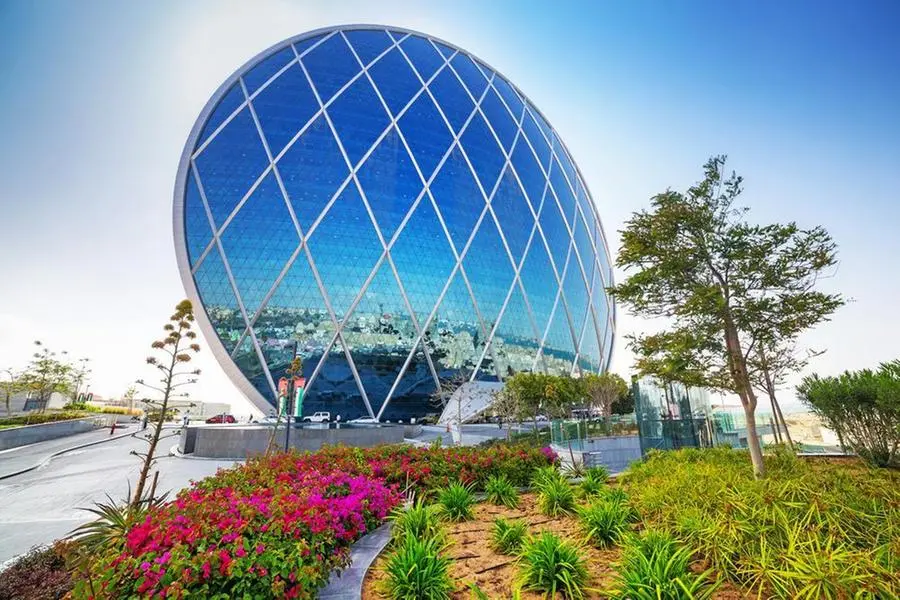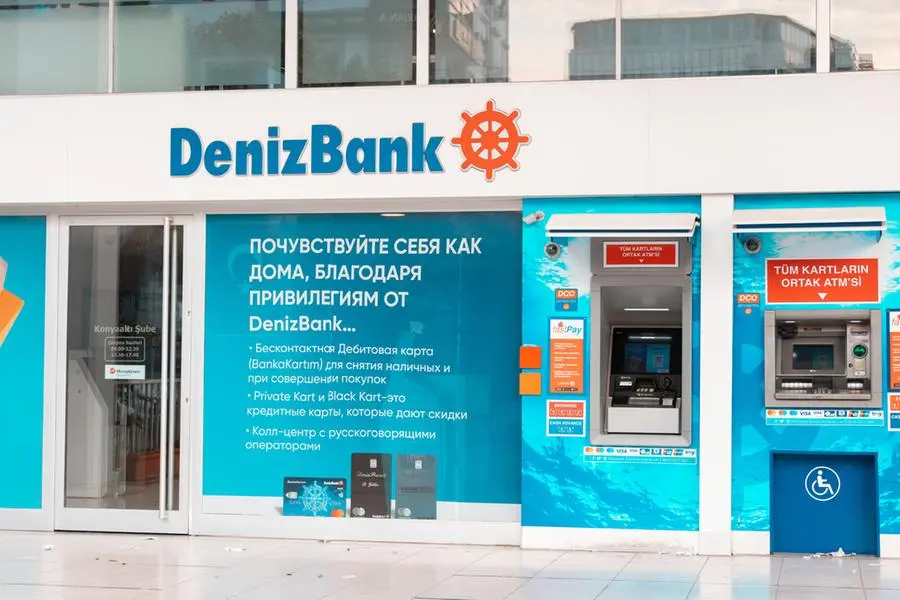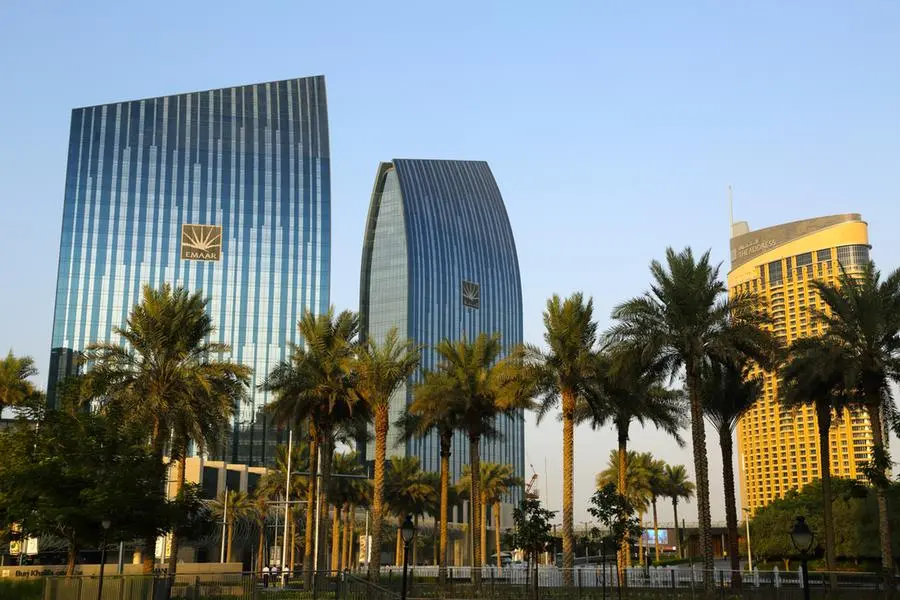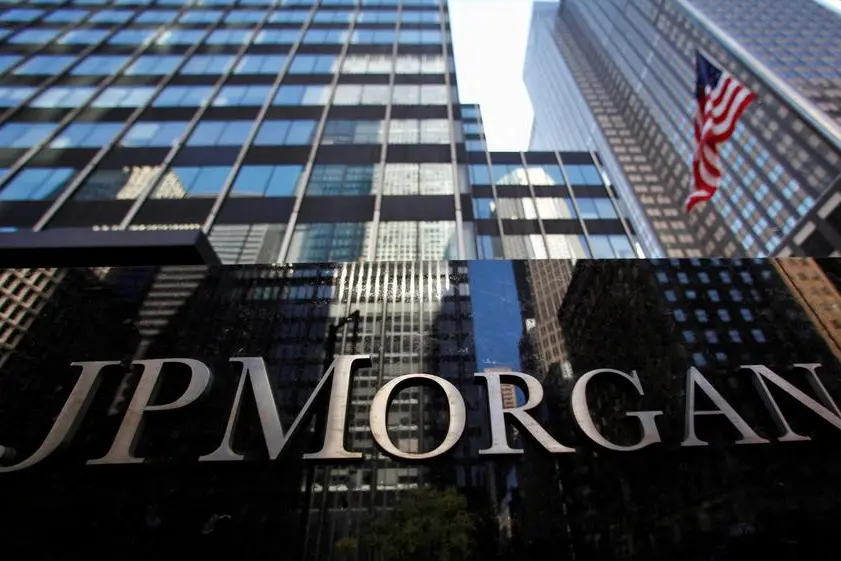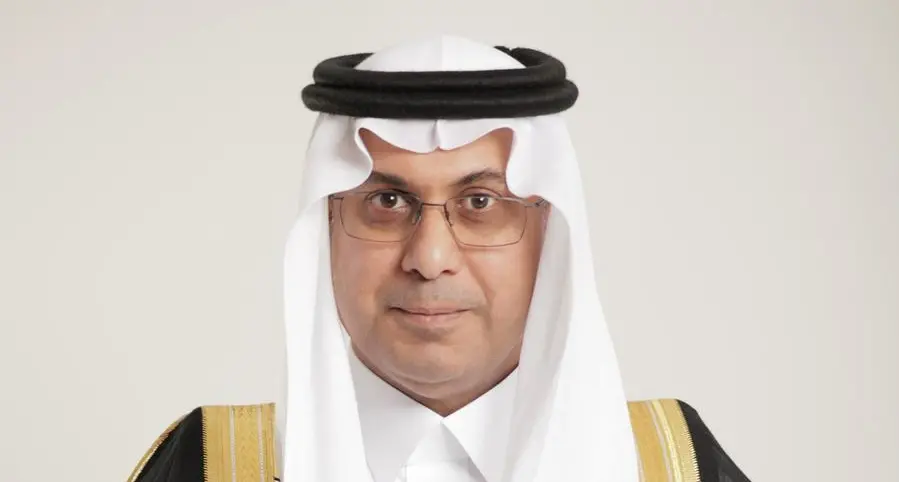PHOTO
Businessman analysing forex trading graph financial data. Image used for illustrative purpose. Getty Images
Oman Investment Authority (OIA) is leading a shake-up of the country’s state-dominated industries, bringing greater scrutiny to the performance of government-run companies and embarking on a privatisation programme to generate revenue and boost the domestic bourse.
Founded in 2020 following the merger of the State General Reserve Fund and Oman Investment Fund, OIA is key to the “Oman 2040” development plan that aims to reduce hydrocarbons’ contribution to GDP to less than 10% from around 34% in 2019.
OIA divides its assets between its National Development Portfolio (NDP) and Futures Generations Fund. The former holds stakes in about 160 national assets and companies, while the latter is mostly comprised of foreign assets and includes public and private market investments.
“Ownership of these assets was scattered with varying levels of governance standards,” said Joice Mathew, United Securities head of research. “OIA is more forthcoming about its strategies, investments and divestments and in making public announcements. OIA has taken some good early steps, putting sector experts on the boards of the companies that it owns or invests in.”
Domestically, OIA has interests in myriad sectors. It owns Oman’s state oil and gas producer OQ, Muscat Stock Exchange, bus manufacturer Karwa Motors, Oman Airports, Oman Air, Oman Development Bank, Oman Food Investment Holding Company, and Oman LNG among others.
“OIA brought all these assets together to manage them more professionally, reduce operational costs and become much more proactive,” said Lo'ai Bataineh, chief executive of an Omani investment firm.
OIA aims to generate 1 billion rials from private investments in 2022 alone, while it will also privatise more than 20 entities by the end of 2026 with the target of earning 2.6 billion rials from these sales.
“We have a lot of good assets in Oman that need to be listed,” said Bataineh.
In 2019, nine state-owned upstream and downstream oil companies were put under control of the newly created OQ. These include Oman Oil Company, Oman Oil Refineries & Petroleum Industries Company, and Oman Gas Company (OGC).
OQ, which also manufactures petrochemicals and supplies products to more than 60 countries, made a net profit of $1.82 billion in 2021 from revenue of $22.8 billion (p6).
Oman has made several pronouncements about selling some of its national oil company over the past decade and OIA wants to raising up to 2 billion rials from selling a minority stake in OQ, either via a private sale or IPO.
“The market is waiting for OQ’s flotation, with expectations this could happen by year-end,” said Bataineh. “If OIA manages to list OQ it will attract new institutional investors and be very positive for the stock market. The motivation for listing OQ and other OIA assets isn’t just to raise money but to diversify and expand the stock market, increase foreign investment and obtain emerging market status.”
In 2019, Oman sold 49% of Electricity Holding Co to a State Grid Corporation of China for around $1 billion.
“Now market conditions have become more conducive, there should be some more of these kind of transactions,” said Mathew. “OQ is more likely to IPO some of its subsidiaries initially. Listing OQ on Muscat’s bourse might take some more time in order to get an acceptable valuation and attract a sufficient amount of foreign investors. Foreign participation on the Omani bourse has shrunk over the past five years and is currently very low.”
Other OIA companies that could go public include Oman LNG, Liwa Plastics, and Oman Food, said Bataineh, noting OIA’s publication of its maiden annual report in mid-July has provided greater transparency to its activities.
“That has given more comfort to the public and foreign and local investors,” he said. “OIA is leading investment into Oman and is very active almost everywhere in the country. As investors, we feel the positive changes OIA has brought, but it has a huge file and hopefully will have the resources to deliver its plans on time.”
The annual report reveals that in OIA’s first 18 months it generated a 10.3% return from its assets, during which time it made 35 new investments. These include buying into Elon Musk’s SpaceX and launching a joint fund with China’s CMBI.
OIA sold its interests in US medical equipment maker Cognate BioServices, tripling its return, while it also made profits on exits from the UAE’s RAK Ceramics and Swiss-Turkish retailer Migros Stores.
(Reporting by Matt Smith; editing by Seban Scaria)

